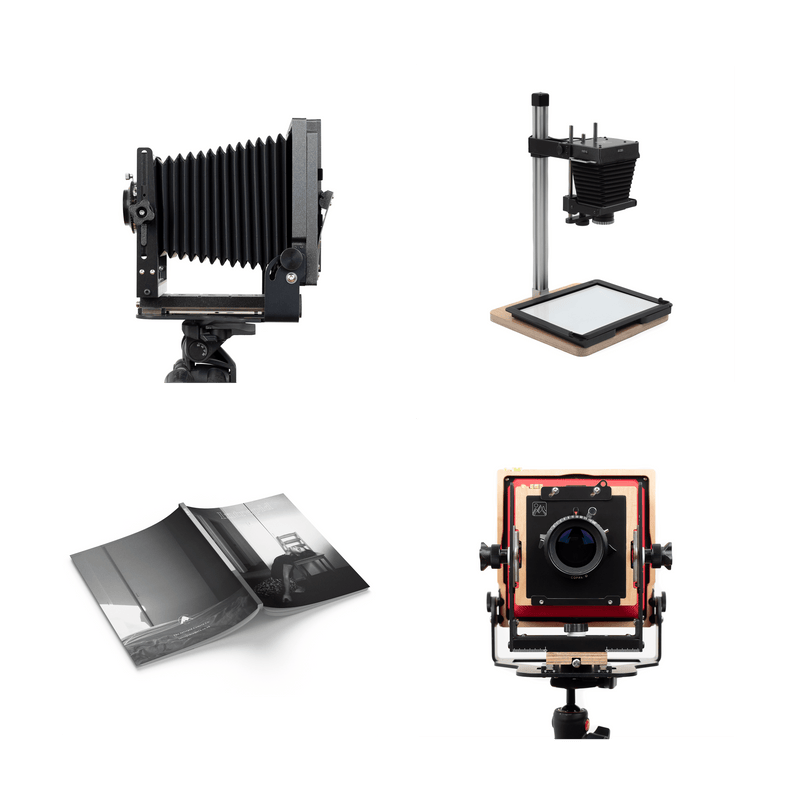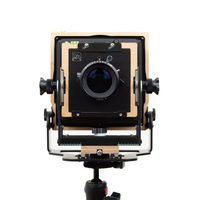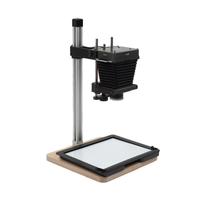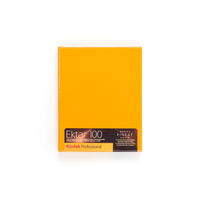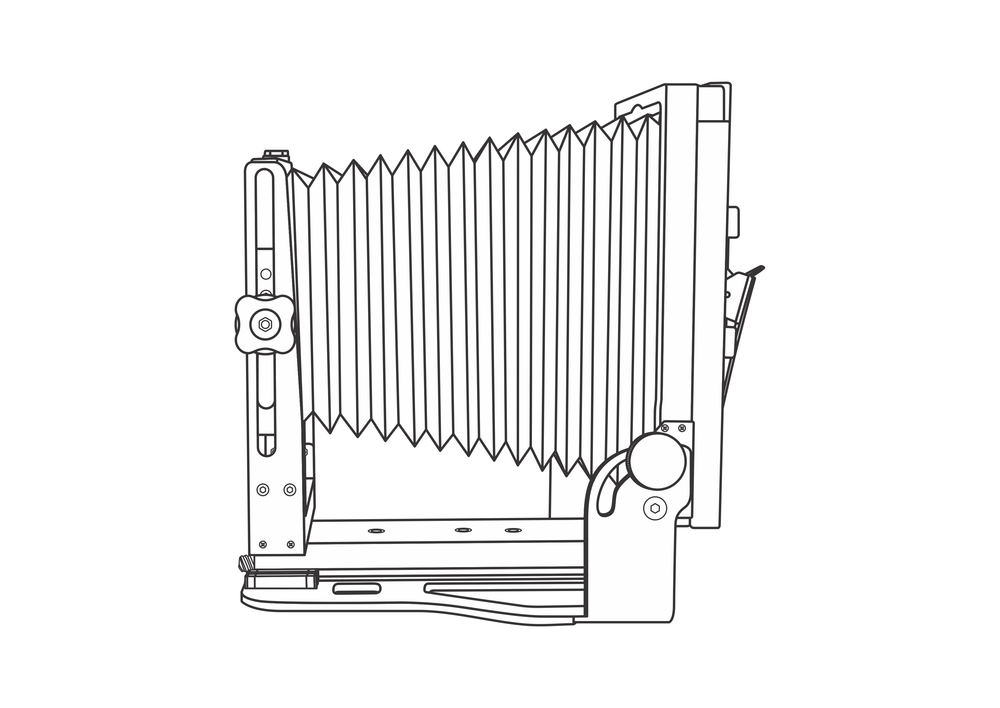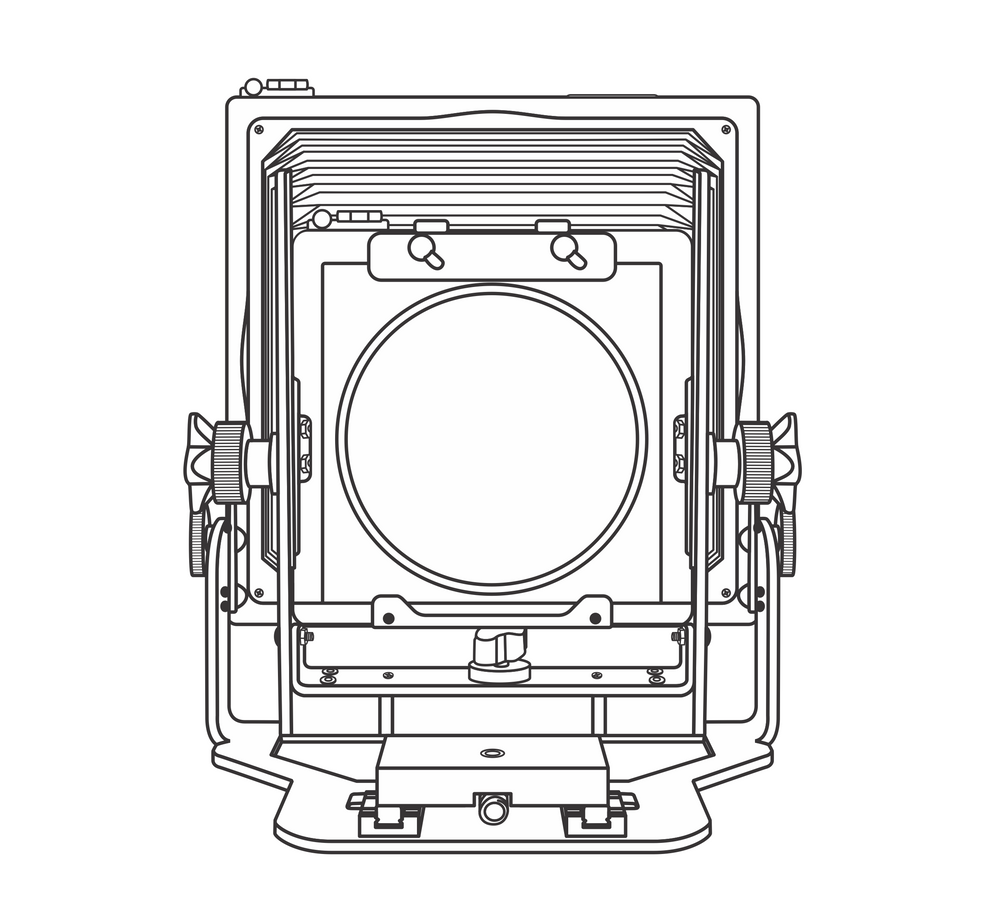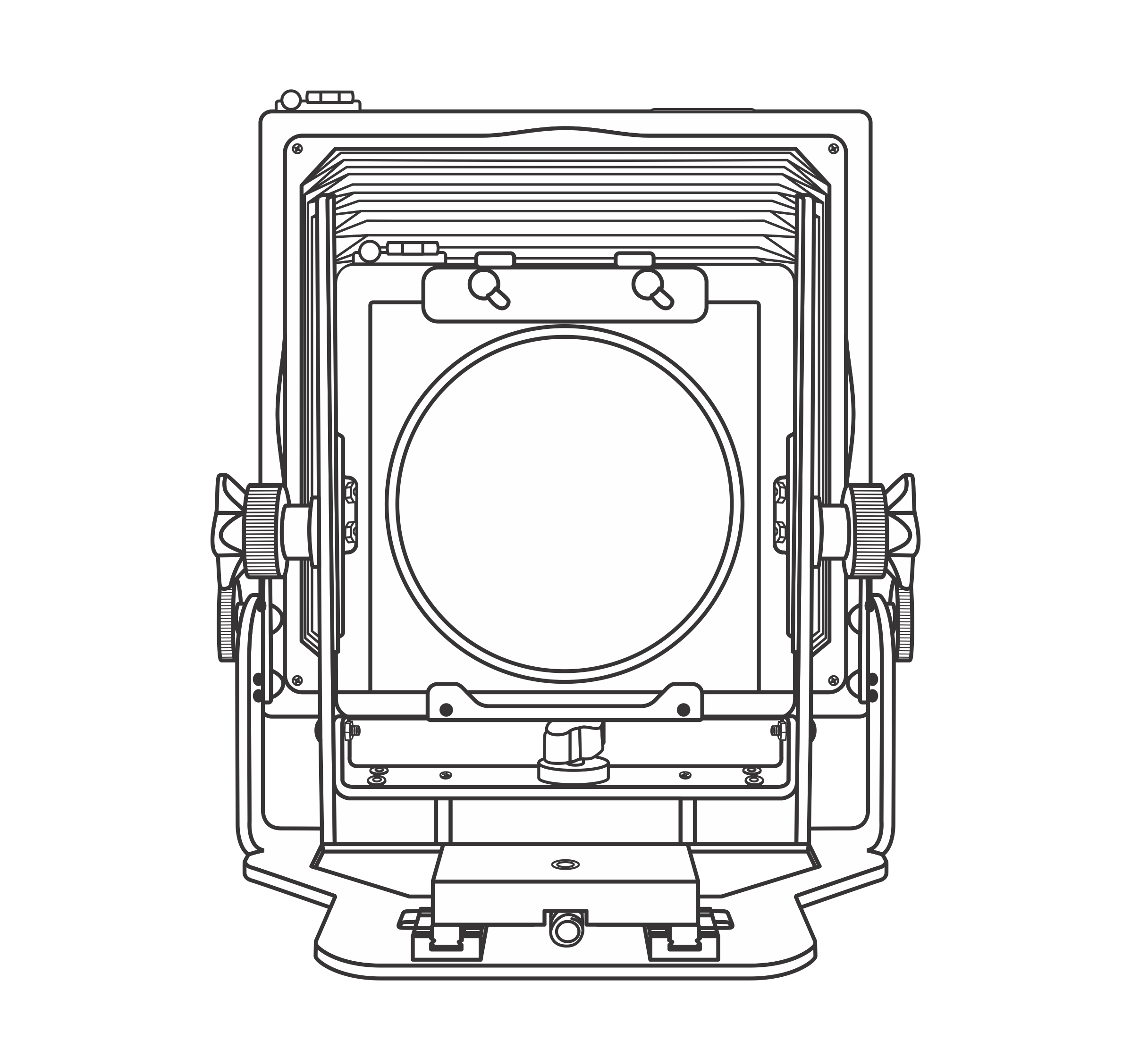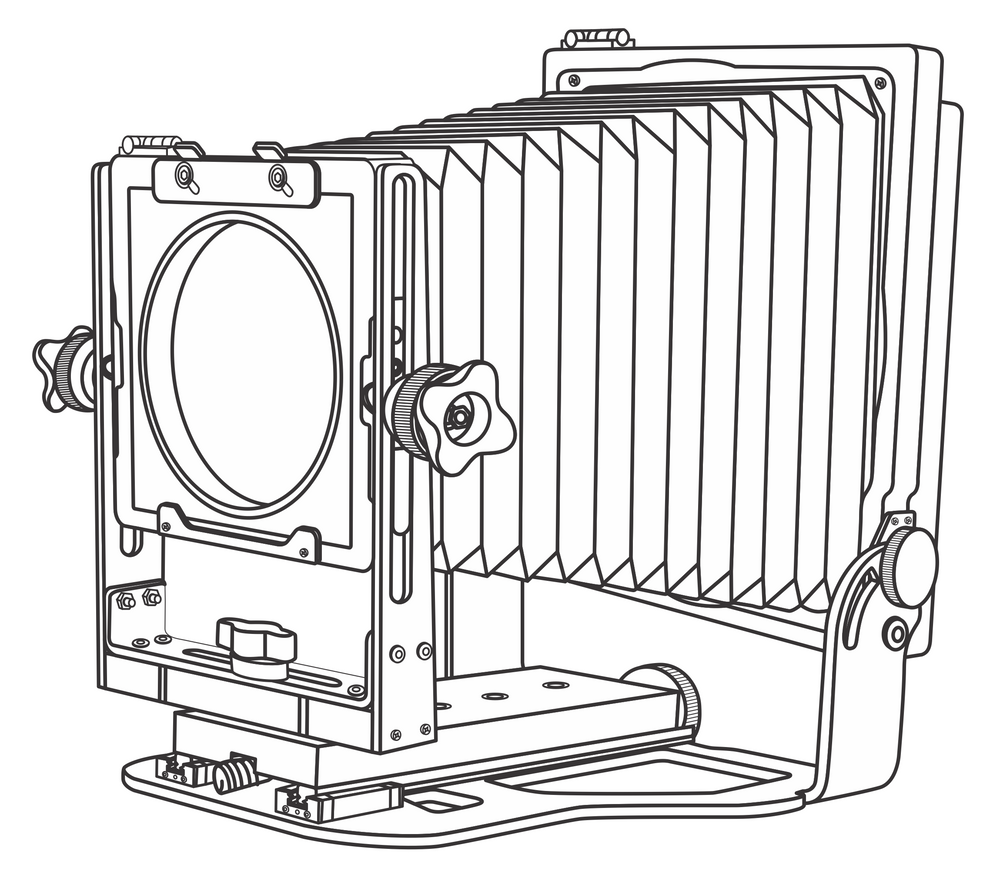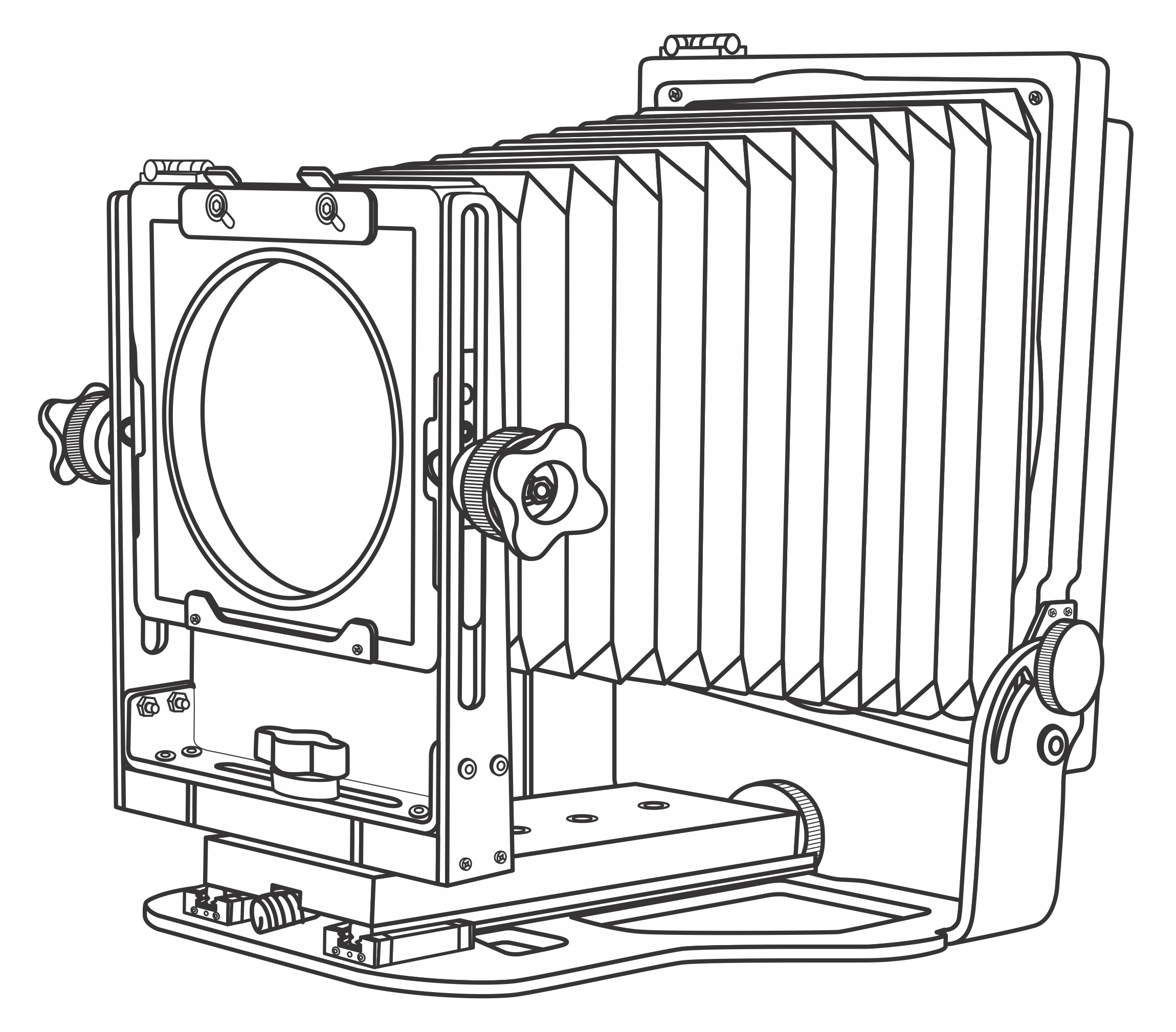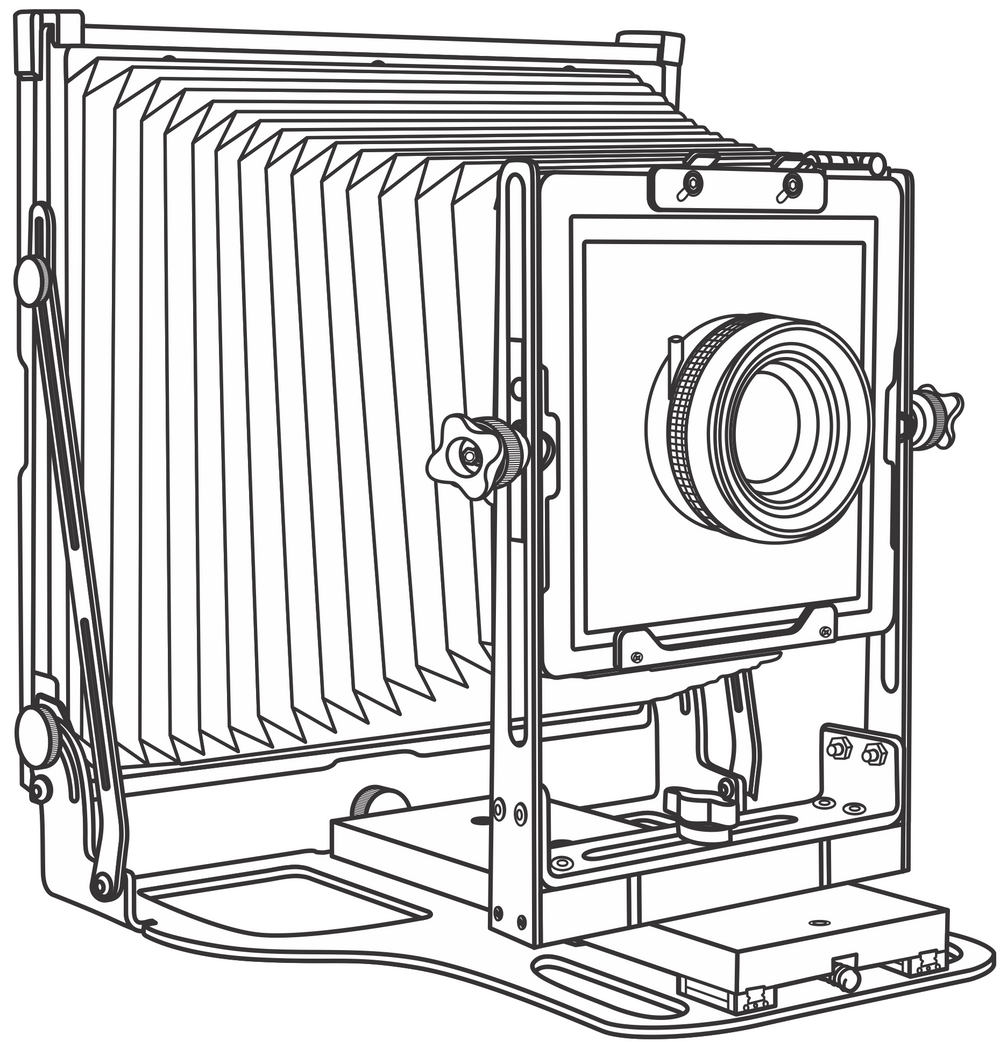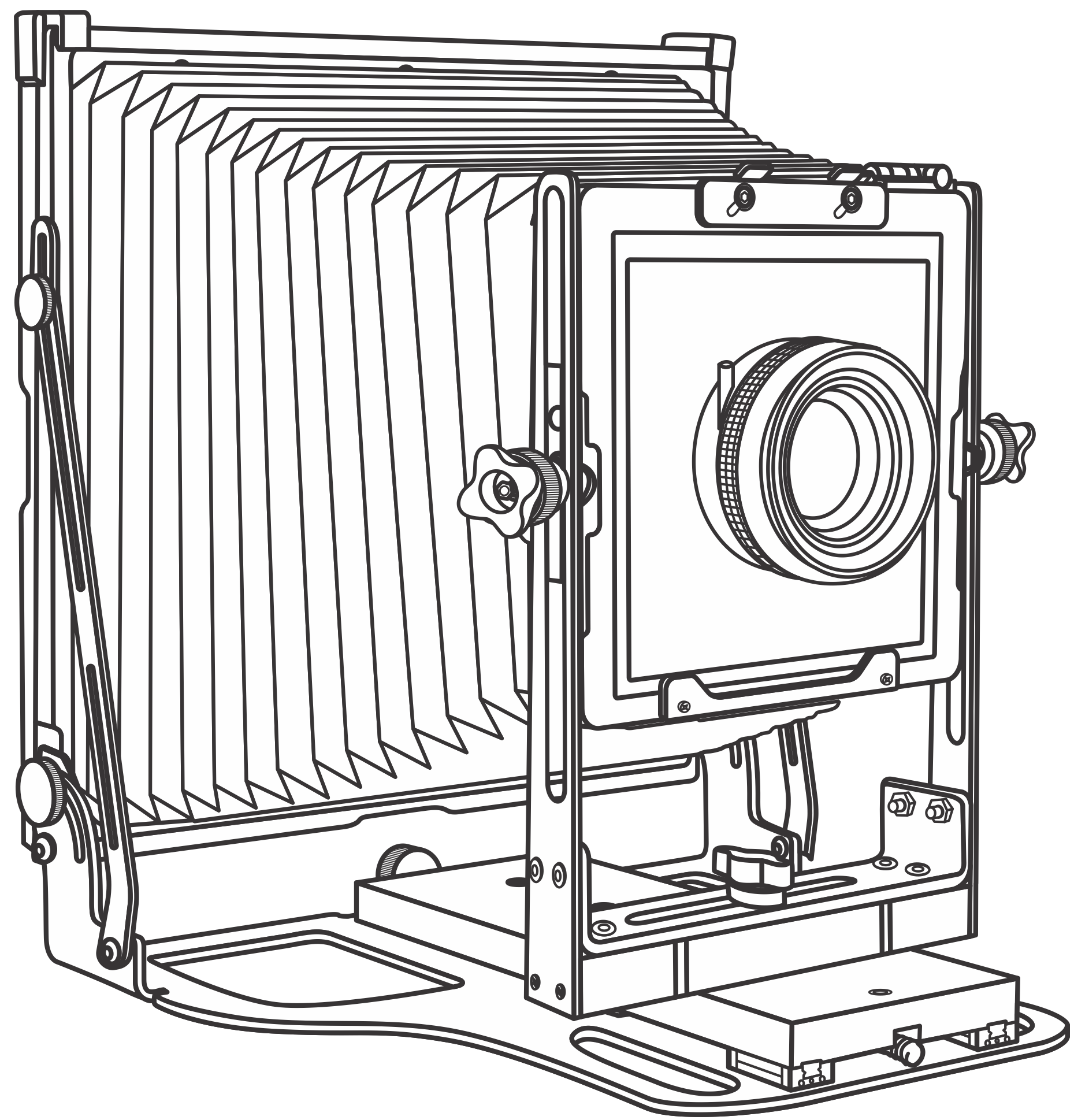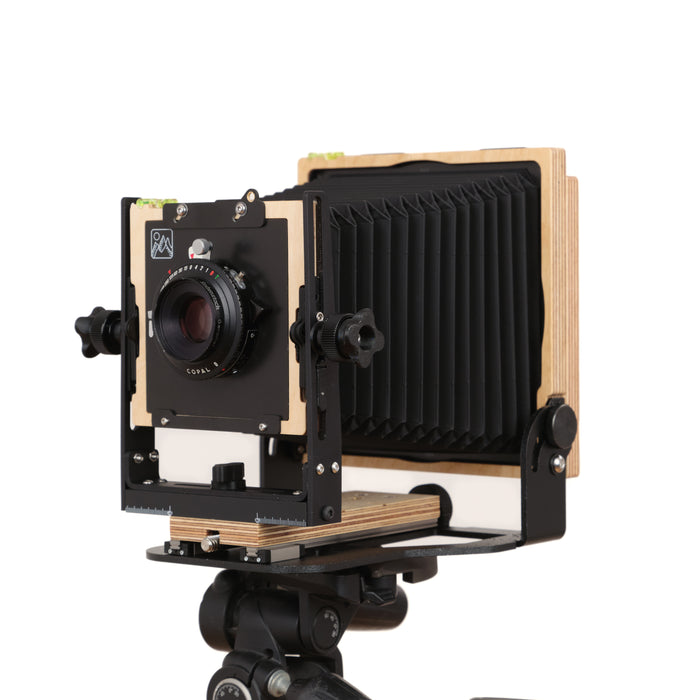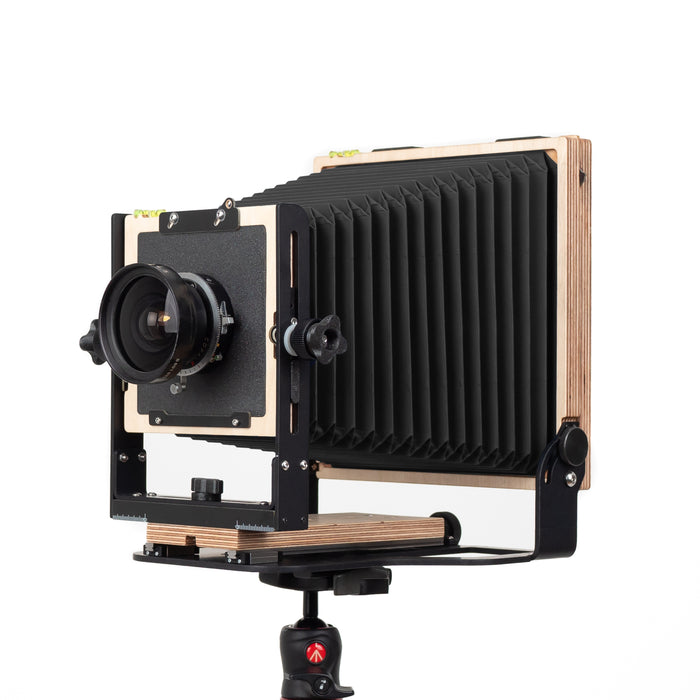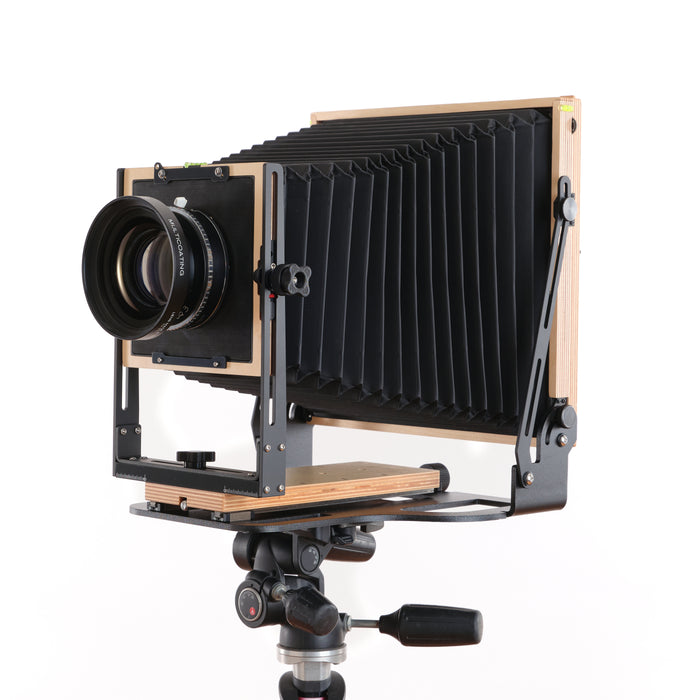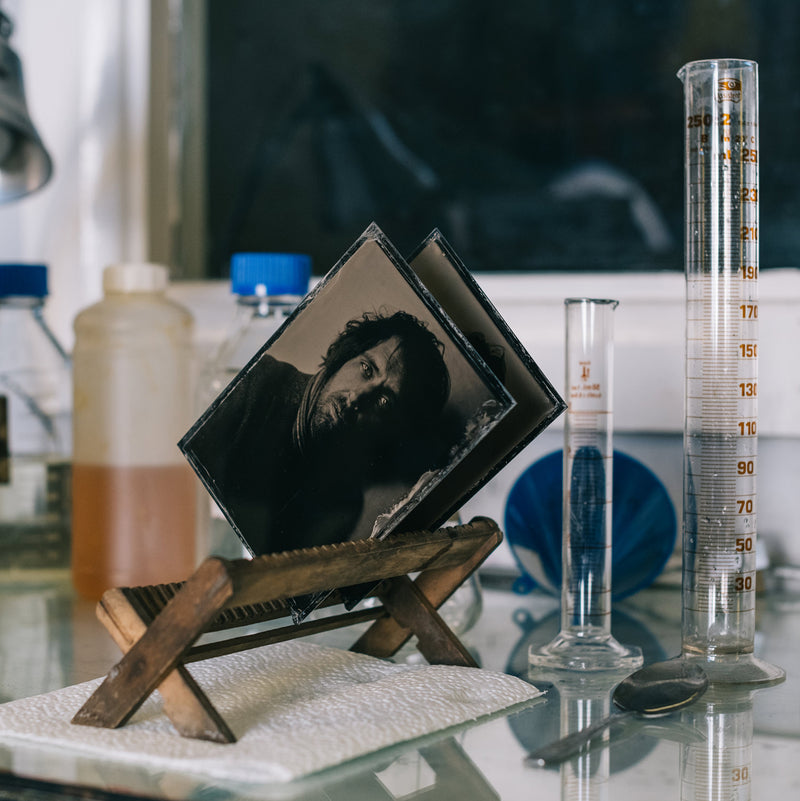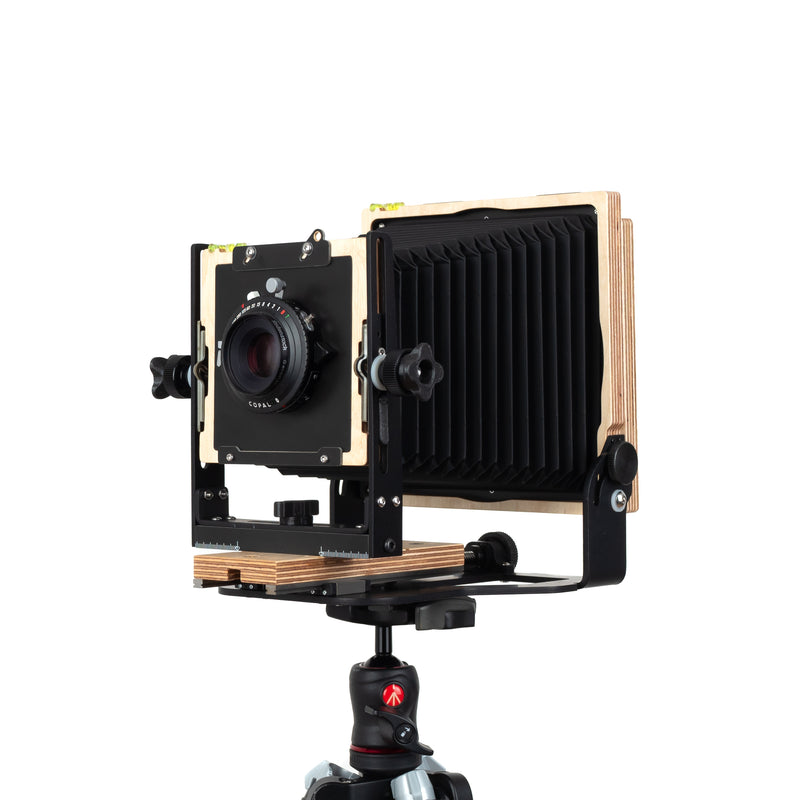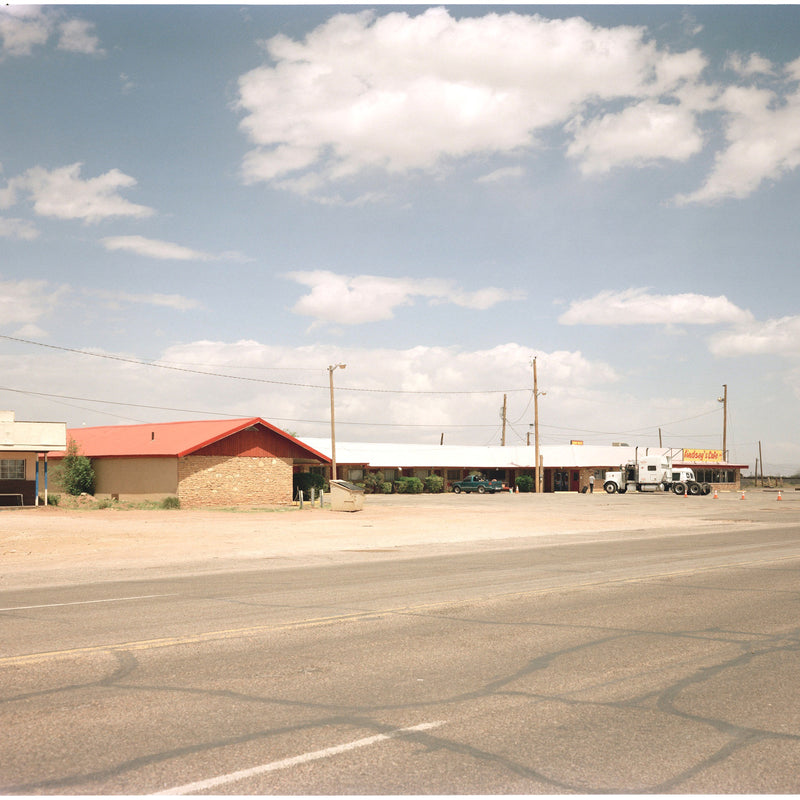Exploring Large Format Photography: A Comparison of 4x5, 5x7, and 8x10 Cameras
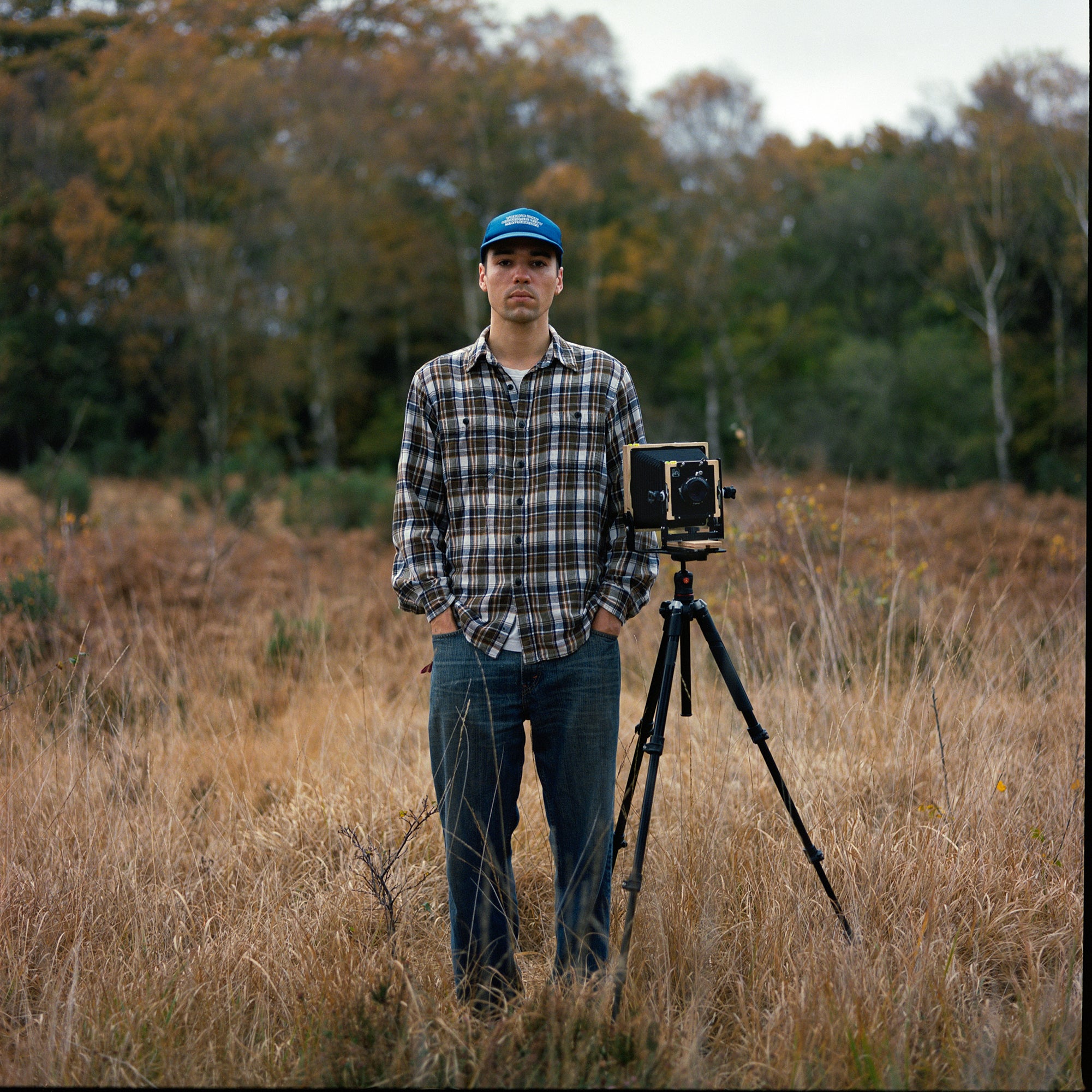
Large format photography holds a unique and exciting place in the world of image creation!
It offers unmatched resolution, detail, and control over the photographic process. At its core, this format uses sheet film sizes significantly larger than the common 35mm or medium format films, allowing photographers to capture images with breathtaking detail and clarity. The most popular sizes among these giants of the photographic world are 4x5, 5x7 and 8x10 inches. Each size offers its own set of benefits and drawbacks, catering to different needs and styles of photography! In this article, we delve into these differences, helping you understand which format might be the best fit for your photographic journey.
Lets Compare The Sizes
The Intrepid 4x5: Precision and Portability
Benefits:
Portability: 4x5 cameras are the most portable of the large format options. They are lighter and easier to carry on location, in particular the Intrepid 4x5 being one of the lightest on the market, making them an excellent choice for landscape and outdoor photographers.
Resolution and Detail: Despite being the smallest in this comparison, 4x5 film provides significantly higher resolution than most digital cameras and smaller film formats, making it ideal for detailed work.
Cost-Effectiveness: Film and processing costs for 4x5 are generally lower than for larger sizes, and it's easier to find equipment and accessories. Lenses are much cheaper than those needed for 8x10 and having an overall lighter setup means you don’t need such a heavy and expensive tripod.
Best Tool To Learn: 4x5 is by far the best format to learn large format on, you will have all the same features as the larger cameras but in a much more compact and beginner friendly package.
Darkroom Printing: Making enlargements in the darkroom is one of the greatest parts of shooting on film, many enlargers can take 4x5 film whereas 5x7 and 8x10 enlargers are a little harder to come by
Accessories: Our 4x5 come with some special clips on the back called “Graflok Clips” these allow you to use a huge range of accessories, like roll film backs for 120 film, instant film holders and much more! 5x7 and 8x10 cameras don’t have this feature.
Drawbacks:
Contact Printing: you can use large format film to make beautiful 1:1 prints in the darkroom by pressing the negative against darkroom paper, 4x5 film is just a little too small for this process, it still works great but the final image is just a little too small for us (unless you like little prints)
Alternative Process: Many alternative processes like wet/dry plate, paper negative and cyanotypes are a bit more fiddly on 4x5, you also only get quite a small final image (4x5) that might not feel worth the effort
The Intrepid 5x7 Camera: The Middle Ground
Benefits:
Balanced Size: The 5x7 format offers a middle ground between the portability of 4x5 and the image quality of 8x10. It strikes a balance, offering better enlargement capabilities than 4x5 while still being relatively easy to transport.
Image Quality: Provides a noticeable step up in image quality and enlargement potential compared to 4x5, with a larger negative area capturing more detail and finer grain.
Same Setup: The 5x7 camera is only a little bigger and heavier than our 4x5 so you can pretty much use all the same accessories like tripod, lens and dark-cloth.
Alternative Process & Contact Printing: Unlike 4x5, 5x7 is big enough to get some amazing and usable one off prints from using alternative processes like wet plate as well as contact printing in the darkroom. This greatly expands what you can use your 5x7 camera for.
Portability: Whilst not quite as portable as the 4x5 the 5x7 is still fairly compact and light making easy to carry around in the field
Drawbacks:
Film Availability and Cost: 5x7 film is less commonly available than 4x5 or 8x10, which can make it more expensive and harder to find, both for film and processing.
Film Holders: 5x7 film holders are a little hard to find compared to 4x5 and 8x10 though a quick eBay search normally turns up a few
Film Choice: Not all film types are cut to 5x7 size this is a particular problem with colour film and it does have to sometimes be special ordered.
The Intrepid 8x10 Camera: The Ultimate in Image Quality
Benefits:
Unmatched Image Quality: The large negative size of 8x10 offers incredible detail, resolution, and tonal range, making it the gold standard for studio portraits, fine art, and landscape photography.
Huge Range: With the massive bellows and sheer size of the camera you have a huge range of movements allowing you to take close up portraits, macro shots and much more
Alternative Process & Contact Printing: Unlike 4x5, 8x10 is more than big enough to get some amazing and usable one off prints from using alternative processes like wet plate as well as contact printing in the darkroom. This greatly expands what you can use your 8x10 camera for. Nothing compares to the look and feel of a 8x10 contact print.
Lenses: In our opinion some of the longer large format lenses that you can only really use on 8x10 are some of the best ever made. 8x10 is also a great format to experiment with using some vintage brass lenses like Petzvals.
Still Light and Compact: This one is more specific to the Intrepid 8x10 but due to its clever design and material choices it is one of the lightest and most compact 8x10s ever made, allowing you to use it in the field and studio with ease.
Drawbacks:
Cost: The cost of 8x10 film, processing, and scanning is considerably higher than for smaller formats, making it a significant investment for each shot. You can save some money by playing with paper negatives though!
Accessories: Film Holders, Tripods and other bits and bobs tend to be a little more expensive for an 8x10 setup
Conclusion
Choosing the right large format camera depends on your specific needs, preferences, and the type of photography you plan to pursue! for those who are just getting started or value portability and cost-effectiveness with excellent image quality, the 4x5 format is an appealing choice! Photographers looking for a balance between size and improved image quality might find the 5x7 format to be the perfect fit. Meanwhile, those who prioritise the ultimate image quality and are willing to manage slightly larger equipment and slightly higher costs will be drawn to the scale and quality of the 8x10 format.
No matter which size you choose, the move to large format photography promises a return to a more thoughtful, deliberate approach to image-making. Every shot is crafted with intention and precision, making it an exciting journey of discovery.
